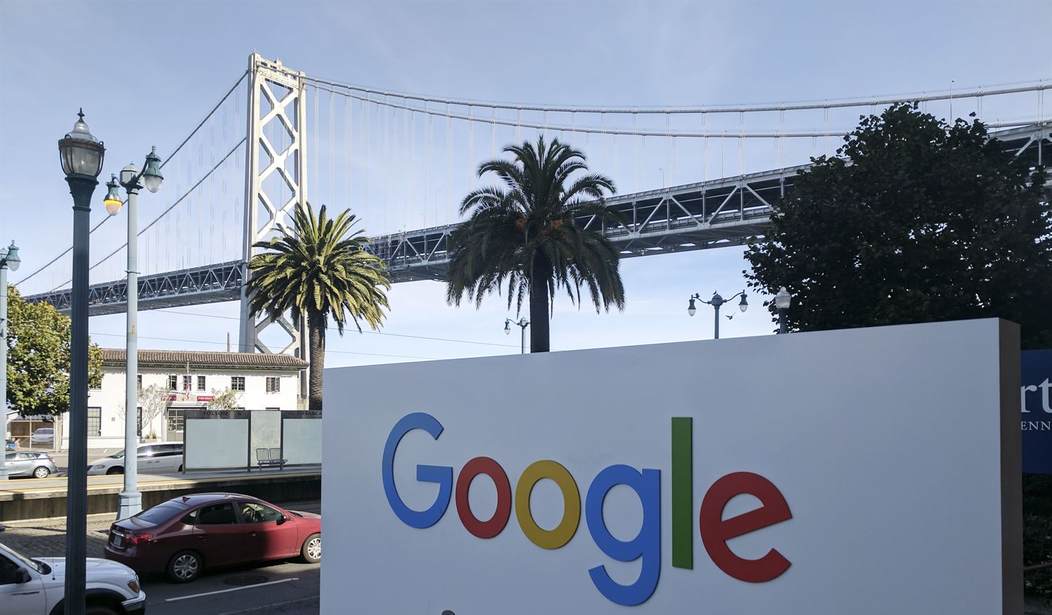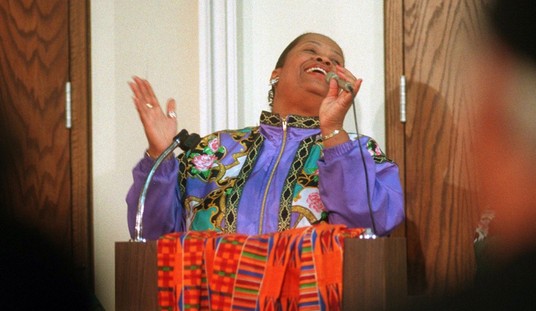The horrific death of Philip Paxson, a father of two from North Carolina, has left his family in turmoil and shock. The grieving family is seeking justice through the courts and has filed a lawsuit against Google for giving him the erroneous driving directions that led to his driving off a collapsed bridge.
The impending legal action is fraught with potential legal ramifications for Big Tech companies – particularly those who provide GPS navigation services. However, there are compelling arguments to be made on both sides of this debate, which will make a possible trial quite complex from a liability standpoint.
For those who aren’t familiar:
The lawsuit, which was filed in Wake County Superior Court, also implicates two local businesses and an individual who owned, controlled, or were responsible for the bridge, which the plaintiffs claim did not have critical safety features like barricades and warning signs.
The family of a North Carolina man who died after driving his car off a collapsed bridge while following Google Maps directions is suing the technology giant for negligence, claiming it had been informed of the collapse but failed to update its navigation system.
Philip Paxson, a medical device salesman and father of two, drowned Sept. 30, 2022, after his Jeep Gladiator plunged into Snow Creek in Hickory, according to a lawsuit filed Tuesday in Wake County Superior Court. Paxson was driving home from his daughter’s ninth birthday party through an unfamiliar neighborhood when Google Maps allegedly directed him to cross a bridge that had collapsed nine years prior and was never repaired.
“Our girls ask how and why their daddy died, and I’m at a loss for words they can understand because, as an adult, I still can’t understand how those responsible for the GPS directions and the bridge could have acted with so little regard for human life," his wife, Alicia Paxson, said.
The plaintiffs also claim that Google had been notified multiple times about the state of the collapsed bridge, which means the company was possibly alerted to the danger of the route it recommended. However, the company did not update its map to provide a safer way through the area.
The lawsuit centers largely on Google’s alleged negligence and failure to keep its maps updated. The plaintiffs argue that Google had a duty to maintain accurate and current information in their system.
The family argues that Google holds a substantial responsibility for the safety of its users – especially those driving in unfamiliar areas. The company should have also ensured that it was heeding the warnings of its users, which leads to the crux of the matter.
A compelling argument in favor of the plaintiffs is the reality that the company was aware of the hazardous route. Many individuals used the “suggest an edit” feature, which allows users to notify Google of a change in the terrain. The company then updates the information and reroutes drivers accordingly. This did not happen in Paxson’s case, which led him to drive off the bridge while it was dark and raining.
Moreover, the bridge had been in a state of disrepair for nine years, meaning that the company had ample time to update its maps. The argument is that Google should have promptly responded to reports of a dangerous route – especially one that had been present for nearly a decade.
The undercurrent of the lawsuit is the notion that companies like Google that develop mapping services take on a significant responsibility. This does not only refer to giving people accurate directions so they can get to their destinations more easily but also ensuring that these companies are not leading people into perilous situations.
On the other side of the lawsuit, Google might also have some valid arguments in its defense. For starters, it could argue that it is ultimately the responsibility of the users to exercise caution and due diligence when using its services. The Maps app provides information to the best of its knowledge and ability. However, this would not take the impetus off of users to be aware of their surroundings and the road ahead. Google could argue that while it provides information, it is not reasonable to expect the company to guarantee the safety of every single route.
Google could also respond by blaming the companies that owned and administrated the area where the bridge is located. Indeed, the plaintiffs are also suing these two companies as well. Google might point out that it does not have the legal authority to improve privately-owned locations. It is possible that the case against the companies who owned the property might be stronger. The plaintiffs allege that they failed to use warning signs and other measures that would caution drivers about the collapsed bridge.
Of course, there is also the issue of precedent. If the plaintiffs win the case, what are the potential ramifications for similar services? It could lead to others filing unfair or frivolous lawsuits against navigation services, holding them liable for accidents, injuries, or deaths that could be pinned on these companies. It might also make organizations more hesitant to offer such services, which Americans find crucial while they are traveling.
In this tragic case, the arguments for and against the plaintiff are complicated and nuanced. The family of Philip Paxson wants justice for their loss. Google’s defense would highlight the complexities of providing GPS mapping services in areas that are ever-changing. In the end, the outcome of this lawsuit could have significant ramifications for Big Tech companies providing these services.













